This is an interesting question, and one that we get multiple times a day.
We asked our Massage Therapist Lewis Horenko to give us his thoughts, as he also has a background in Sports Science.
The first thing to say is that the answer will vary depending on the injury you have, as people with mild aches are very different to people in severe nerve pain. But the findings of one study are worth considering when we look at this.
In this study, people were given an ultrasound to measure the thickness of the Lumbar Multifidus muscle, which is a key lower back stabilising muscle. Then they had their back adjusted (aka ‘cracked’). Then they had another ultrasound to assess the thickness of that muscle again.
They found that the muscle was thicker. This is a good thing, as it indicates the muscle is larger, and stronger.
Apart from this measurement, they gave the participants questionnaires on things like back pain and function. There were improvements across the board here as well.
What does this mean for exercising after treatment? Well, I think you should be trying to capitalise on this. If you’re in acute pain, if you have been specifically advised against exercising for some reason, then you want to take it easy for a few days, but outside of that it would make sense to take this bigger multifidus muscle and use it in some core strengthening exercises!
Here is a link to the original study https://www.academia.edu/20911196/Association_Between_Changes_in_Abdominal_and_Lumbar_Multifidus_Muscle_Thickness_and_Clinical_Improvement_After_Spinal_Manipulation?email_work_card=title






